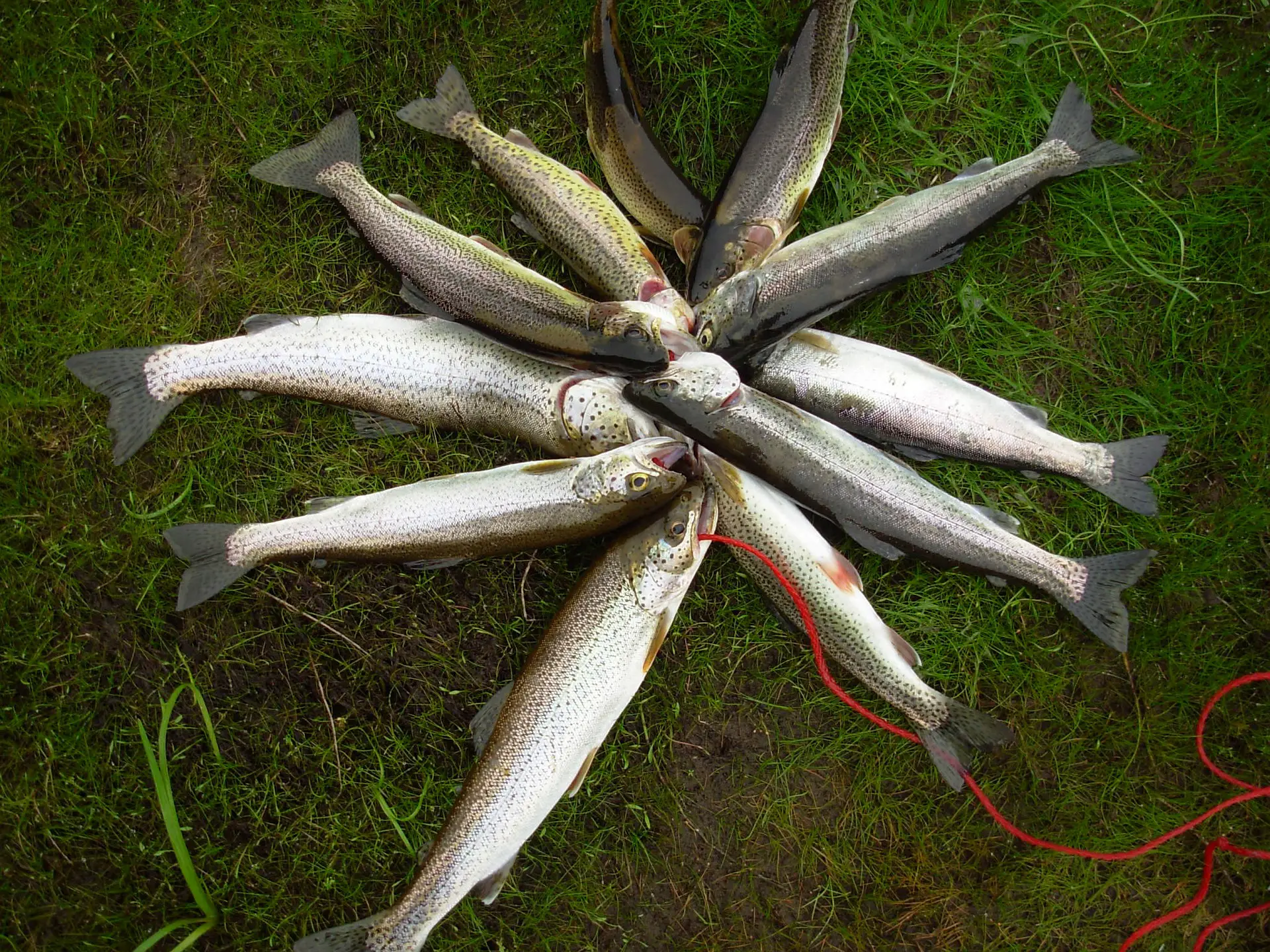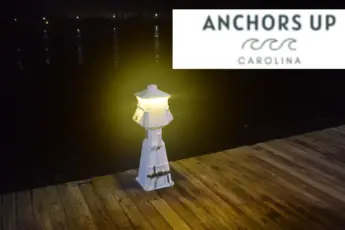The lakes, rivers, and coastal water of Georgia, South Carolina, or North Carolina offer an abundance of edible fish. When fishing for food, it is essential to store fish properly. One of the popular methods of keeping caught fish is connecting them to a stringer. Stringers are designed to hold multiple fish simultaneously. Here is what you need to know about a fishing stringer.
What Is A Stringer For Fishing
When asked, what is a stringer, a stringer is a device that is intended to hold caught fish in the water and prevent them from escaping. The fish is kept alive as it remains in the water.
How To Use A Stringer
When it comes to how to use a stringer, strings or chains connect through the gills or gills and mouth and are placed over the boat’s side or from the bank to keep caught fish alive. A stringer is capable of holding multiple fish. Remember to follow saltwater or freshwater fishing regulations before adding fish to the stringer.
Where Do You Keep Fish On A Stringer
The location of the stringer is crucial because its positioning must allow the string or chain to be submerged in water. Without being immersed in the water, the fish will die due to a lack of oxygen.
Boat Fishing String Placement
When connecting a stringer to a boat, attach the string or chain to a cleat, tow hook, or swim platform. Most important when deploying the stringer is allowing the fish to remain in the water when connected.
Before driving off to return to the dock or next fishing location, remember to pull the fish out of the water and place them in a bucket filled with water. Once you arrive, put the stringer back in the water.
Shore Fishing Stringer Placement
Anglers frequently use stringers when wading into rivers or fishing from shore. When wading, the best method how to use a fish stringer is to connect the chain or string to a belt loop or other area that will not become free as the live fish pulls.
When fishing from the bank, drive a stake, large branch, or fishing rod holder into the ground. Connect the chain or string fish stringers to an object secured to the ground. Again, remember to position the stake in an area where the fish will remain beneath the surface of the water.
What Is The Best Fishing Stringer On The Market
We have had the opportunity to store fish on stringers and prefer the Invincible Chain Stringer By Eagle Claw. The stringer holds up to nine fish.
Do Stringers Hurt Fish
Yes, stringers hurt fish. When the fish is placed in the water attached to the stringer, the natural reaction is the attempt to escape. While attempting to flee, the gills become injured from the chain or string.
A fish connected to a stringer and placed in the water will not survive past two to three hours. Ensure to avoid the fish from spoiling before filleting and chilling.
Should I Use A Fish Stringer
When it comes to deciding whether or not to utilize fishing stringers, factors play into the decision. Here are the most common factors to determine using a stringer for fish.
Weather
Avoid using stringers during the hot summer months, when the water temperatures are high, and the sun’s rays are powerful. The fish will die more quickly, and flesh spoils because of the combination of sun and warm waters.
The cooler months, including the fall, winter, and spring, break out the stringers. Stringer fishing is ideal when water and air temperatures are cool because it does not put added pressure on the fish attached to the stringer.
Wildlife
Take into account that fish attached to a stringer appear as easy prey, similar to a wounded fish on a hook. The commotion attracts turtles in freshwater and sharks or other predator fish in saltwater. We have personally witnessed wildlife eat fish directly from the stringer.
Duration Of The Fishing Trip
There is no telling how quickly or slowly fish will be caught during a fishing adventure. However, trips over three hours present challenges when storing fish on stringers.
Placing Fish On Ice Versus A Stringer
After being caught, an adequately stored fish is more flavorful and fresh than those that are not. Unless the water is ice cold, fish stored on stringers risk spoiling or losing freshness.
We recommend storing fish on ice during peak summer high temperatures and in the middle of the winter with the onset of frigid weather.
Storing fish on the ice nearly eliminates any risk of becoming sick due to spoiled fish. Pack a cooler of ice during your next fishing adventure. You will avoid waste and be capable of remaining on the water for extended periods.
Now You Know About A Fishing Stringer
Now that you know what is a stringer in fishing you have the opportunity to connect your recently caught fish to a fishing stringer when the conditions are right. Place flounder, sea trout, redfish, or sheepshead on the stringer when saltwater fishing. In freshwater, utilize the stringer for bass, walleye, crappie, or bluegill. Lastly, before casting, purchase a freshwater or saltwater fishing license.






